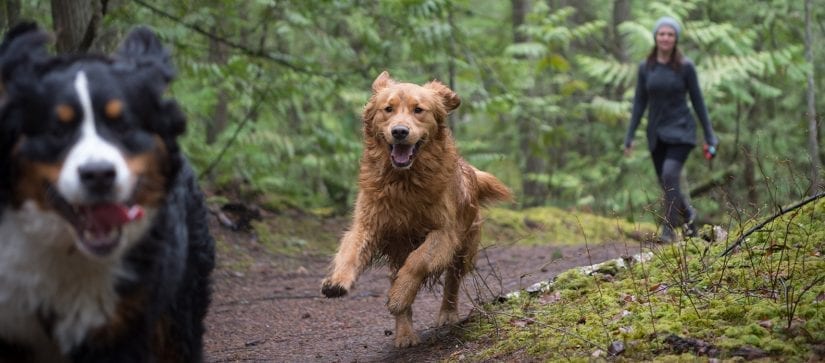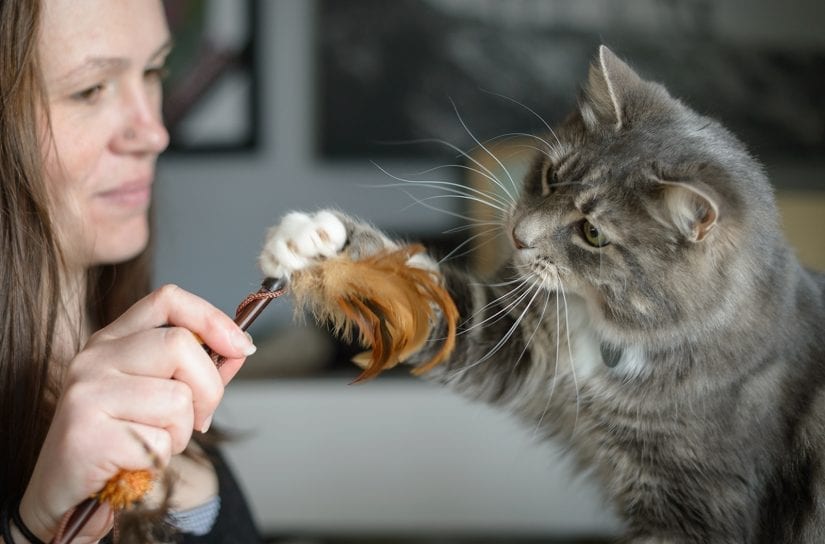Pet care & behaviour
Yes! In fact, Petsecure Pet Health Insurance provides a complimentary six-week trial of pet health insurance with every dog and cat adoption.
With pet health insurance, you can lower the stress of paying for large, unexpected or unplanned expenses with a monthly premium.

Fostering an animal means you take a BC SPCA animal into your home and care for them for us. While they’re in your home, we provide you with food and medical care until the pet is available for adoption. Foster families help animals recover from illnesses/injuries or provide them with socialization and love.
If you are unsure about adopting an animal, or unable to make the commitment at this time, fostering can be a great way to bring animals into your life.
While fostering is temporary, many foster families fall in love with the animal in their care and decide to adopt them.

Some general things we look for in foster families:
- Length of commitment from a couple of days to several weeks
- Ability to spend time with the animal every day
- Daily monitoring of the animal as needed
- Ability to accommodate time to transport the animal, as needed, for appointments, treatments and weigh-ins
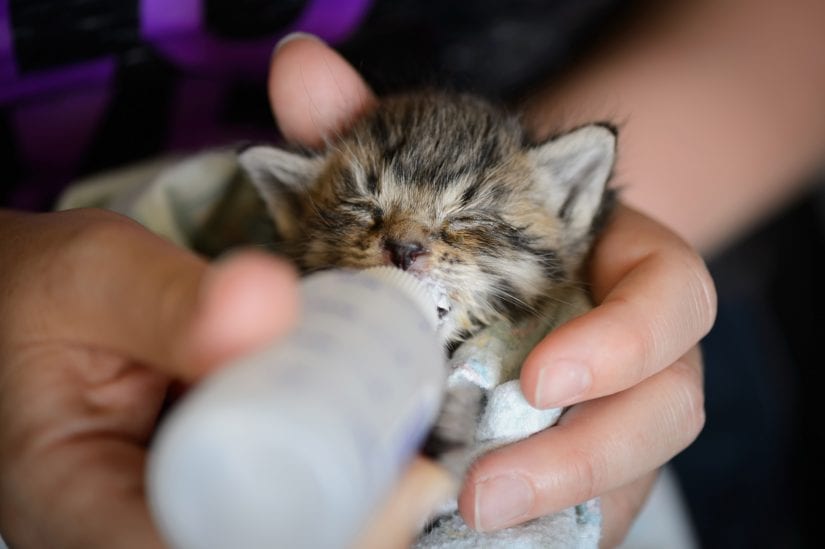
Fostering opportunities
- Nursing dog with puppies
- Nursing cat with kittens
- Orphaned kittens or puppies
- Sick or injured animals needing medical care
- Animals needing help with behaviour issues
- Puppies and kittens too young to be in the animal centre
- Horses and other farm animals
If you are 19 years of age or older, you can view foster care opportunities and apply to become a foster guardian. Learn more about our program, download fostering for the BC SPCA (PDF) and watch the video below.
For questions about fostering horses and other farm animals, email rescues@spca.bc.ca or fill out our horse and farm animal foster application form.
Spaying or neutering your dog, cat or rabbit doesn’t just help prevent accidental litters. It also has health and behavioural benefits for your pet.
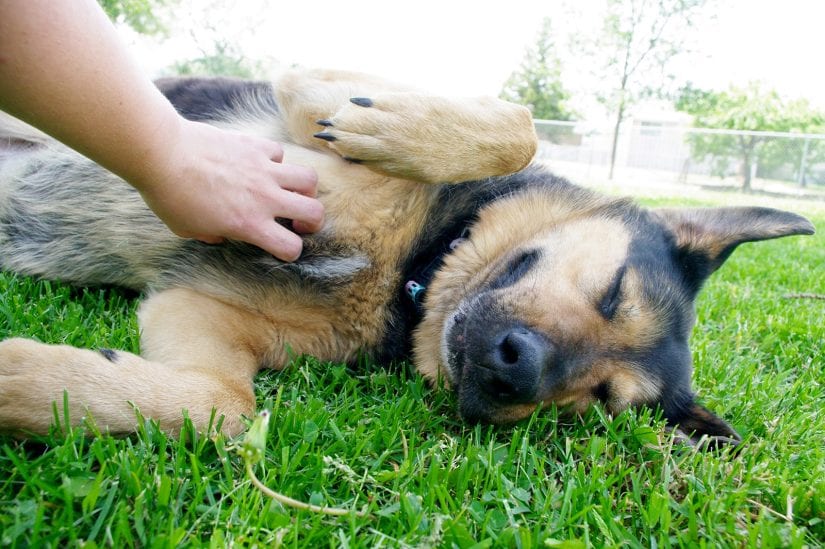
Benefits of spaying and neutering your pet
Generally, neutering decreases aggressive behaviours in pets
- Neutered dogs are calmer and less likely to bite, attack or get into dog fights.
- Neutered cats and rabbits don’t have the drive to mark and protect their territories and are less likely to spray or get into fights, resulting in fewer injuries.
Spaying ends the heat cycle in females
- Heat cycles are usually twice a year for dogs, and result in many unwanted behavioural changes including possible aggression.
- Cats generally go in and out of heat every three weeks between January and November.
- Female cats in heat can howl relentlessly, may try to escape to mate, spray or urinate inappropriately and attract unwanted male cats.
Spaying and neutering lowers the chance of reproductive health problems
- Studies show that spayed/neutered pets, on average, live longer.
- Spaying eliminates the risk of ovarian and uterine cancer and pyometra (life-threatening infection of the uterus) in dogs, cats, and rabbits. Up to 80% of unspayed rabbits will develop uterine cancer.
- Spaying reduces the risk of mammary cancer in cats, dogs, and rabbits.
- Neutering eliminates the risk of testicular cancer in all species and lowers the risk of prostate problems in male dogs.

Spaying and neutering eliminates the drive to reproduce
- The likelihood of your male pet wandering away or escaping will be decreased.
- Male dogs can smell a female in heat up to a kilometre away.
- Once neutered, your pet will be less frustrated and may become a calmer companion.
Spaying and neutering provides an opportunity to have other important procedures performed
- Other procedures, as necessary, can also be done at the time of the operation.
- This includes procedures such as an identification tattoo or microchip, teeth cleaning, hernia repair and baby teeth removal.
Spaying and neutering prevents accidental pregnancies
- Research shows that the majority of cat pregnancies are unintended.
- Pregnancy is hard on the mom physically. Prenatal care, birth complications, and puppy/kitten care can be costly.
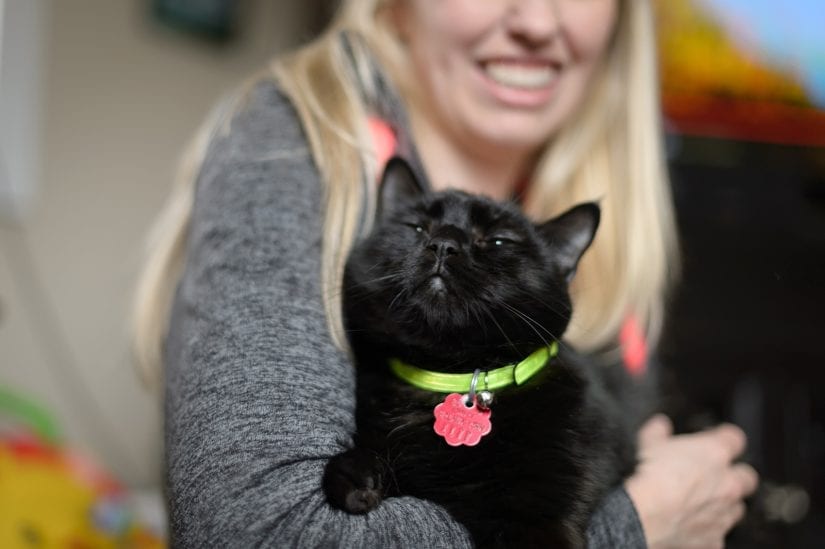
Spaying and neutering helps your community
- Research shows that, as an individual, you help reduce overpopulation issues in your community when you spay or neuter your pet.
- Spaying and neutering your pet helps reduce the number of stray or unwanted animals in your community.
- Reducing the amount of stray animals helps prevent other pets and wildlife from being injured or killed in fights.
- Fixing your pet helps lessen the amount of stray animals getting into or causing car accidents, getting into garbage cans and damaging property.
Learn how fixing your cat helps combat the cat overpopulation problem and how you can take action in your community.
But aren’t there also some risks to spaying and neutering?
Yes, any surgical procedure carries some risks. However, the overall benefit outweighs the risk for most animals. Talk to your veterinarian about the best choice for your pet.
- Risks of surgery and anesthesia include pain, bleeding, infection, the incision opening up, or a bad reaction to the drugs used.
- Spaying and neutering removes reproductive hormones from your pet’s body. This has many benefits but also has minor effects on bone development and other body systems.
- Several recent studies show higher rates of some bone and joint problems and cancers in purebred dogs spayed and neutered as puppies. These studies have attracted a lot of attention.
- The studies involved small numbers of dogs who were already predisposed to the problems being studied because of their breeds. More research is needed to understand these risks.
- If you are concerned about risks of spaying and neutering, don’t just consult the internet. Talk to your veterinarian about what is best for your pet.
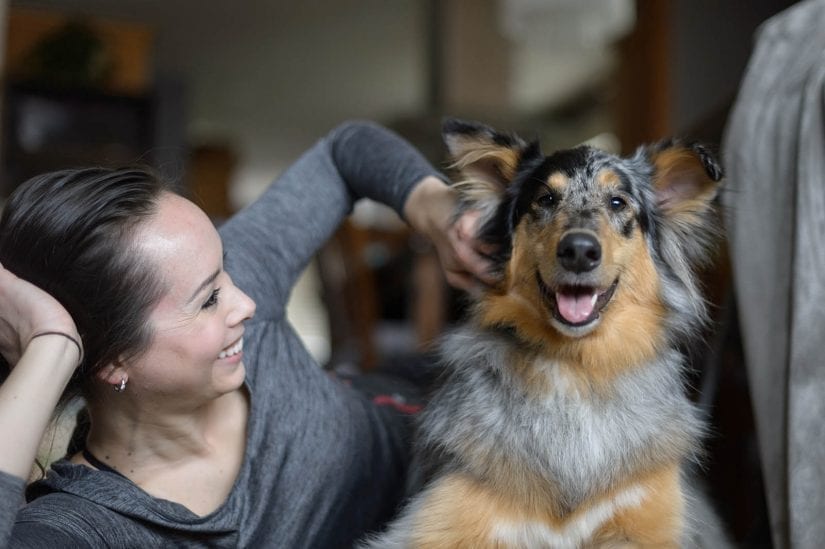
I still have questions about spaying and neutering
Shouldn’t a female cat/dog have a litter before being spayed?
Will spaying/neutering change my pets personality?
Will my pet become fat/lazy once it is fixed?
What does spay or neuter mean?
When should my cat/dog/animal be fixed?
What does it cost to spay/neuter my cat/dog/animal?
Find out more about the benefits of sterilizing your pet and how February is spay/neuter awareness month.
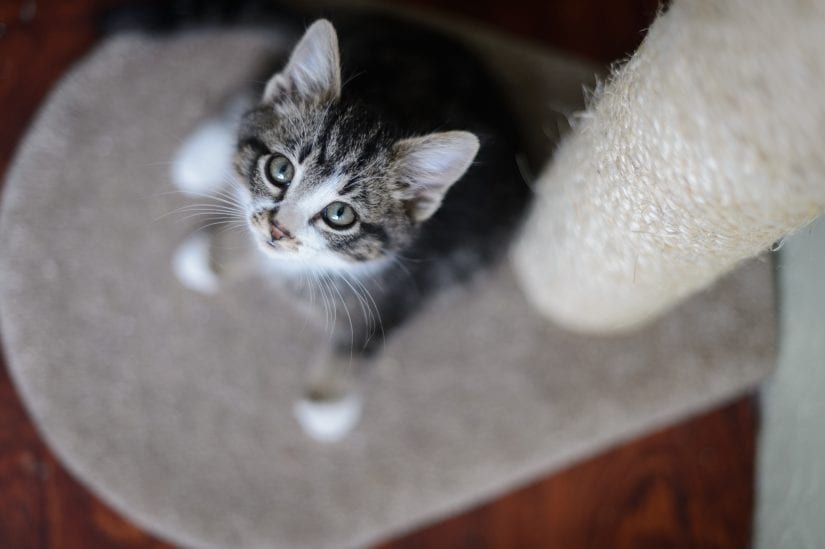
If you are adopting your cat, dog or rabbit from the BC SPCA, spay/neuter is included in the adoption fee.
For other animals, the cost of spaying or neutering your pet depends on many factors and will vary according to each pet’s circumstances and needs. For example, a large dog will cost more than a small dog. If your pet is overweight or in heat this can also add to the cost. Contact your veterinarian to get a more accurate idea of the costs involved for your pet.

The cost of spaying/neutering is small when compared to other costs of pet care, such as what you will spend on food for your pet over their lifetime.
Consider the possible costs if you do not spay or neuter. If your pet should wander off in search of a mate, you may be faced with paying fines and impoundment fees. You may also be faced with the additional costs of caring for puppies or kittens for whom finding homes may be difficult. Worse yet, think of the costs should your pet be injured while roaming for a mate.
Spaying or neutering is a one-time investment with life-long health and welfare benefits for your companion.
If you require financial assistance, learn about low-cost spay/neuter programs in B.C.
Vaccines protect your pet from getting diseases that are contagious and possibly fatal. Vaccinating your pet doesn’t just protect your pet, it also protects other pets in the community who may be too young or sick to be vaccinated. Vaccines also protect against some diseases that can be passed from pets to people.
All cats and dogs should receive vaccines. Your veterinarian can help determine which vaccines are necessary and the best schedule for vaccinating based on your pet’s lifestyle and age.
Talk to your veterinarian about vaccines for your pet.
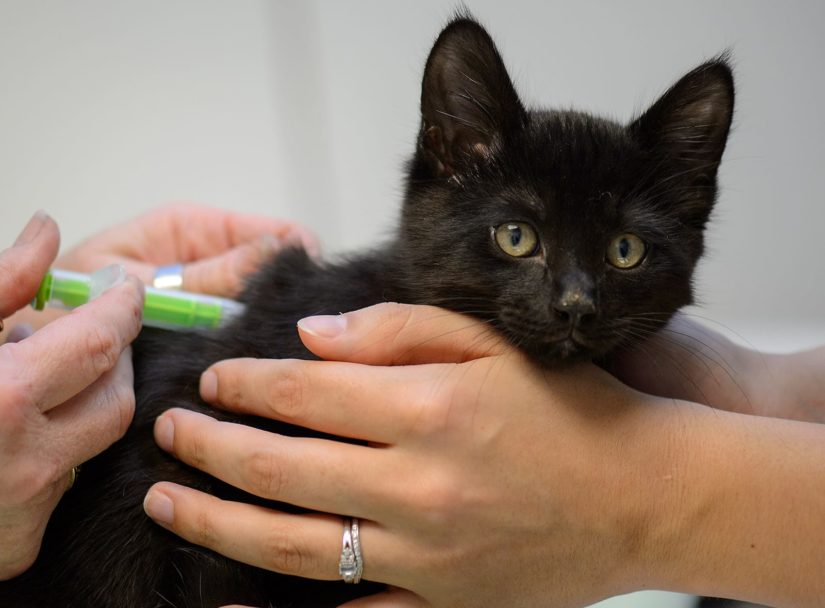
Puppies and kittens should start their vaccines at six to eight weeks of age. Your puppy or kitten will need a series of vaccines before they are four months old. Schedules for adult animals may vary depending on lifestyle and vaccines needed.
Rescue animals may require more frequent vaccines while they are in the care of an animal centre due to a high risk of exposure to disease.
Talk to your veterinarian about when to vaccinate your animal.
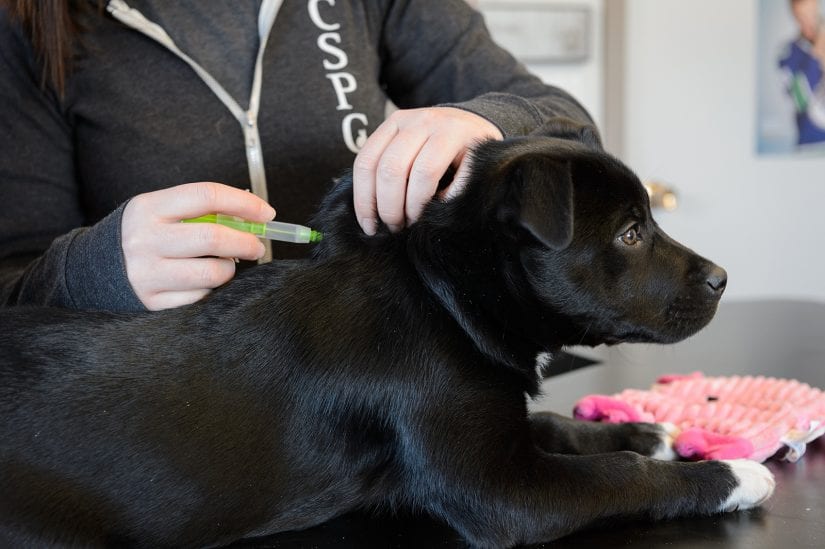
What is toxoplasmosis?
Toxoplasmosis is an infection caused by a tiny parasite, Toxoplasma gondii. It can infect both cats and people, but most healthy animals and people won’t get sick because their immune systems will protect them.
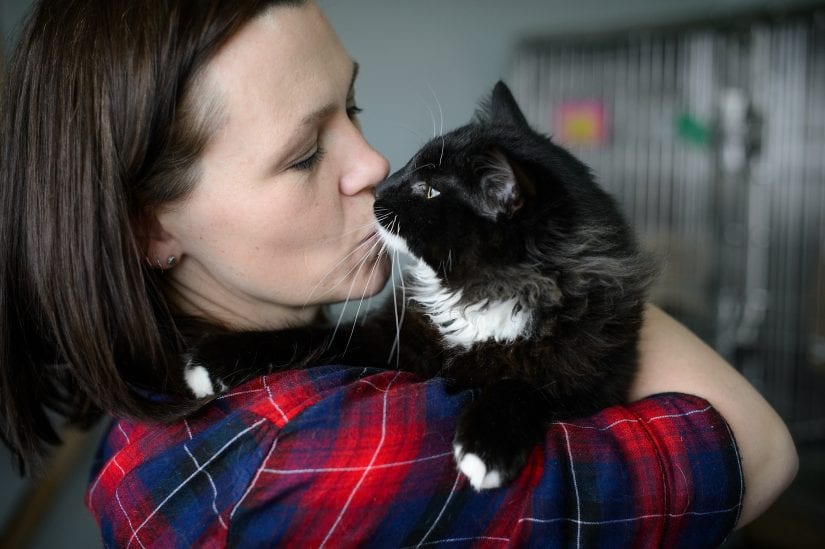
How toxoplasmosis is transmitted to humans
Most people who get toxoplasmosis get it from eating undercooked meat or unwashed produce. Because cats only shed the parasite for the first few days after becoming infected, infection from cats is rare.
- Handling and/or eating raw or undercooked food
- Handling and/or eating unwashed fruits and vegetables
- Drinking unpasteurized milk
- Eating or drinking from contaminated sources
- Being exposed to cat feces from their litter box
- Being exposed to gardens or sandboxes that may have cat feces in them
Toxoplasmosis and pregnancy
Pregnant women and people with compromised immune systems are more at risk for infection. If a pregnant woman becomes infected, her baby may have health problems.
Can pregnant women be around cats?
Yes, pregnant women can be around their cats, though there are some precautions to take:
- Do not change your cat’s litter. If you have to change the cat’s litter yourself, make sure you wear gloves and thoroughly wash your hands after
- Do not interact with any unknown cats
- Keep your cat inside
- Don’t feed any raw or undercooked meat to your cat
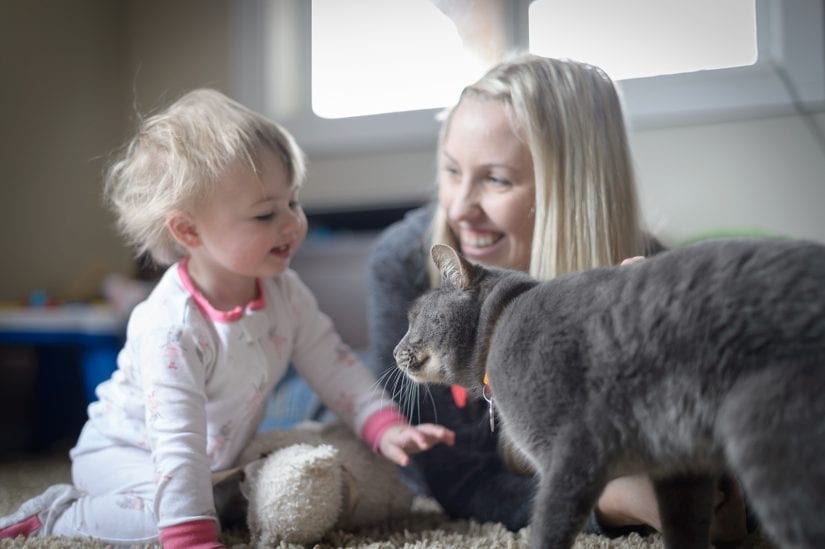
Still concerned about your pet and your baby?
- If you have more questions or concerns about toxoplasmosis and your baby’s health, please talk to your doctor.
- If you are concerned about toxoplasmosis and your pet’s health, please talk to your veterinarian.
What is the rabies virus?
Rabies is a viral disease of warm-blooded animals that can be transmitted to humans. It is caused by a virus of the Rhabdoviridae family, which attacks the central nervous system and eventually affects the brain. Rabies is almost always fatal in animals and people once symptoms occur.
How is rabies transmitted between animals and humans?
The virus is transmitted through close contact with the saliva of infected animals, most often by a bite or scratch. It can also be transmitted by licks on broken skin or mucous membranes, such as those in the eyes, nasal cavity or mouth. In very rare cases, person-to-person transmission has occurred when saliva droplets became aerial. Bat bites can inflict small wounds and go unnoticed.
Who is at risk of being infected by rabies?
Bats are the only known wild carrier of rabies in B.C. Like cats and dogs, raccoons, coyotes, skunks, farm animals, and any other mammals are capable of contracting the rabies virus, but are not considered carriers in B.C.
In other provinces like Ontario, raccoons, coyotes, skunks and foxes are wild carriers of rabies. In B.C., however, the only carrier of rabies is bats; no raccoons or skunks in B.C. have ever transmitted rabies.
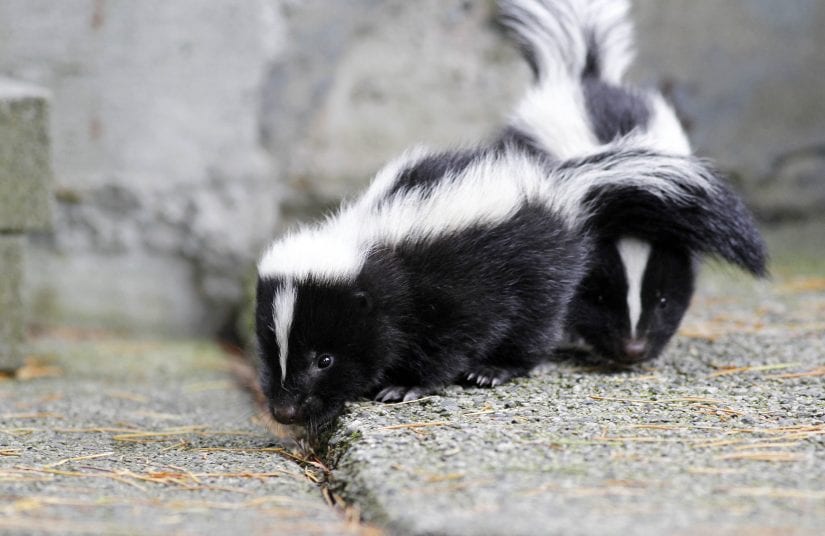
How common is rabies in bats in B.C.?
It is estimated that one per cent of bats in the wild in B.C. carry rabies. In June 2004, four skunks in Stanley Park in Vancouver tested positive for the rabies virus. However, it was discovered that they all carried the bat strain of rabies; likely they had all been in contact with a rabid bat.
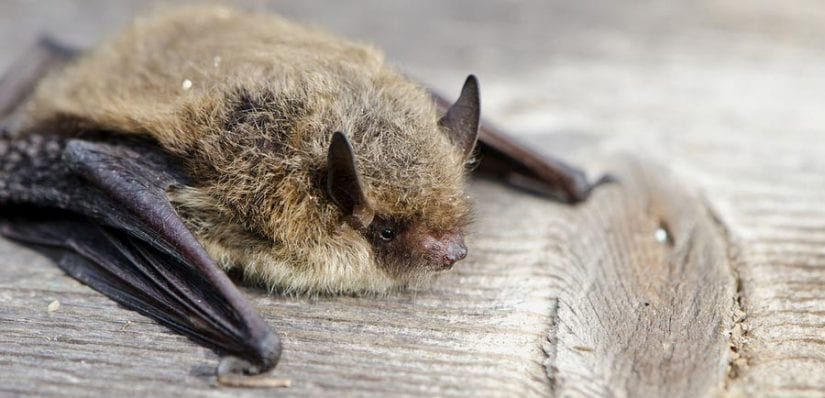
Cases of human rabies infection in Canada
In the past 25 years, five people in Canada have died of rabies infection: one in Quebec (2000), one in Alberta (2007), one in Ontario (2012) and two in British Columbia (2003 and 2019). In the Ontario case, rabies exposure occurred outside the country. These were the first cases of human rabies in Canada since 1985.
The most likely source of infection for both B.C. individuals was unrecognized bat exposure. Without wound cleansing or post-exposure vaccinations, the potential incidence of rabies in exposed humans can be very high.
Does my pet need a rabies vaccine?
Dogs and cats account for fewer than five per cent of all animal rabies cases in Canada. However, rabies presents a serious public health risk, and even indoor pets could come in contact with a bat. Some pets also need the vaccine for travel. Ask your vet whether your pet should be vaccinated.
What if my pet brings a bat home?
If your pet brings home a bat, you should take your pet to a veterinarian. If the bat is available, your vet may send it for rabies testing. Additionally, your vet may vaccinate your pet against rabies and/or ask you to keep your pet in your home for several months to see if they develop signs of rabies.
If any person in your household has touched a bat with bare skin, seek medical attention from a doctor or local public health unit immediately.
What will happen to the bat?
The bat may be euthanized and sent for testing. As of April 1, 2014, CFIA veterinary inspectors are no longer involved in species collection activities. However, the CFIA continues to perform and cover the cost for rabies laboratory testing involving domestic and wild animals and humans. This is vital as once the symptoms of rabies (flu-like including fever, headache and fatigue, progressing to gastrointestinal and central nervous system problems) start to appear, there is no treatment and the disease is almost always fatal. However, wound cleansing and immunizations, done as soon as possible after suspected contact with an animal, can prevent the onset of rabies in virtually 100 per cent of exposures.
What to do if there has been contact with a bat
Bat-to-person contact?
If treatment is given promptly after being exposed to (any bare skin contact) or bitten by a bat, the illness may be prevented by taking the following actions:
- Immediately wash the wound or exposed surface with soap and water for 10 minutes and cover the area with a clean bandage.
- Remove any clothing that may have been contaminated.
- Immediately call your doctor and local health authority for advice.
Bat-to-pet contact?
Please contact your veterinarian to have your pet vaccinated and discuss whether a period of isolation/observation is required for your pet. If the bat is available, your veterinarian may send it for rabies testing.
Found an injured bat?
No matter how injured, a bat should never be touched with bare hands. Please refrain from nudging or picking the bat up.
Injured bats can be rehabilitated by professionals able to take the necessary precautions against rabies transmission. Call the BC SPCA Animal Helpline at 1-855-622-7722 for advice on safely containing bats and finding a wildlife rehabilitator.
Generally, spaying or neutering your pet will not change its personality. If there are any effects on behaviour, they tend to be positive (reducing unwanted behaviour). Spaying or neutering will not change your pet’s affection level or playfulness.
For females, there is typically no change at all. For males, there may be a reduction in some aggressive and roaming behaviours. If you have more than one pet, you will find they often get along much better if they are all spayed or neutered.
Learn more about the benefits of spaying and neutering your pet.
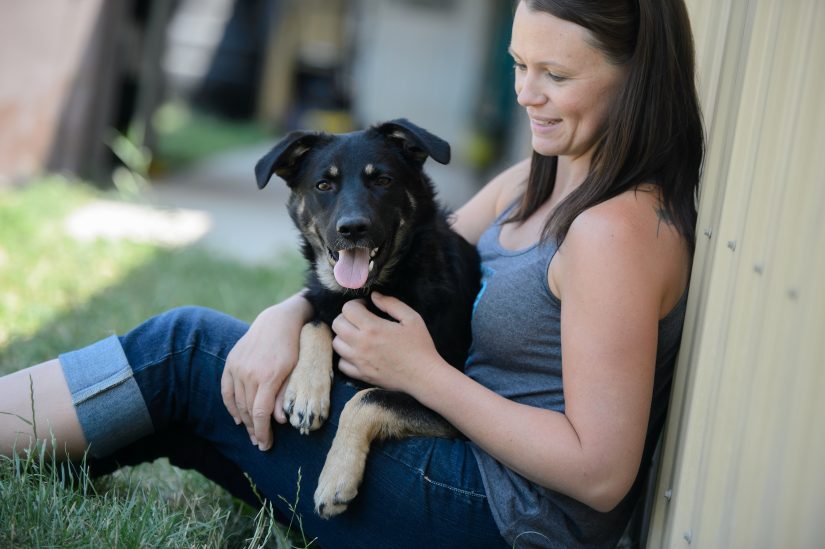
Most unintentional litters (particularly with cats) occur because guardians waited too long to have the surgery done. The usual recommendation is before six months of age for cats, and before six and a half months for dogs. Consult your veterinarian to determine the best time for your pet. Female cats and dogs do not have to have a litter before being fixed.
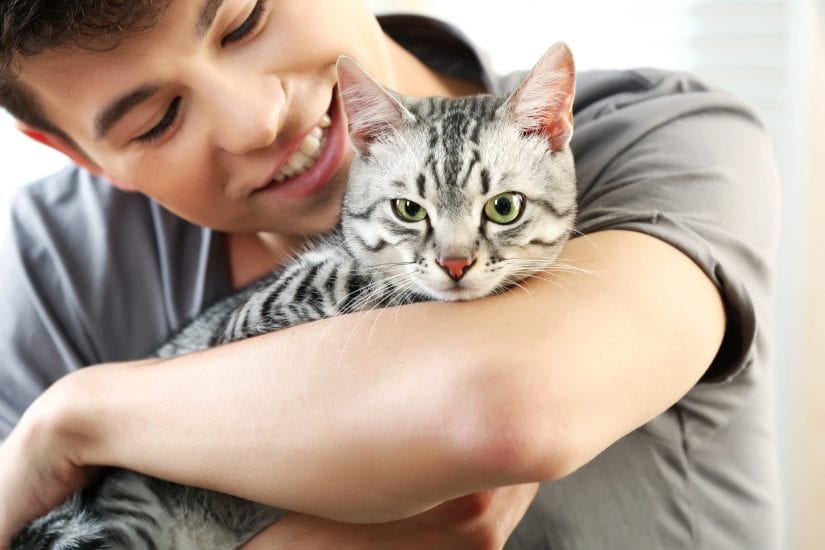
The BC SPCA supports early age spay/neuter procedures for dogs and cats. Pediatric sterilization prevents excess litters by ensuring animals are sterilized before adoption. This helps combat pet overpopulation and euthanasia of unwanted animals. All major professional, academic, and animal welfare organizations in North America support pediatric spay/neuter for shelter animals.
The BC SPCA will continue to promote other methods of combating pet overpopulation, including education and public awareness campaigns, non-surgical methods of sterilization, traditional spay/neuter initiatives and behaviour training.
The BC SPCA believes pediatric spay/neuter to be appropriate with the following qualifications:
- The procedure takes place between 8 and 16 weeks of age
- The animal is judged to be clinically normal and healthy prior to surgery
- Proper surgical protocols specific to these young animals are employed
- Post-surgery complications receive special attention
Register your pet’s microchip, tattoo or license with the BC Pet Registry. Submitting your pet’s information to this provincial database ensures your pet is traceable by all participating veterinarians, animal control agencies and humane societies.
Find out more about how permanent pet ID can help ensure peace of mind.
Update Your Information
Have you moved or changed your phone number? Keeping your contact information up-to-date is easy with the BC Pet Registry. Registered users can also add additional forms of ID to their existing pet profile free of charge.
To report a lost pet, please contact your nearest BC SPCA branch.

No. Your pet will actually benefit from spaying or neutering, because he or she will lead a healthier and longer life. Pets become fat and lazy as a result of overeating and a lack of exercise, not from spaying or neutering. Furthermore, spaying a female eliminates the possibility of her developing uterine and/or ovarian cancer and greatly reduces the chance of breast cancer. Neutering a male eliminates the risk of testicular cancer.
